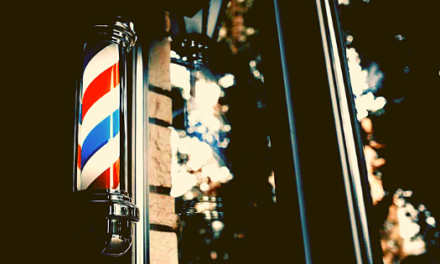- Most scholars agree that Halloween as we know it started some 2,000 years ago when Celtic people in Europe celebrated the end of the harvest and the start of a new year in a festival called Samhain (pronounced “sow-win.”) It was also a time of communing with otherworldly spirits, with big bonfires lit in honor of the dead, according to The American Folklife Center.
- The tradition of children “trick or treating” can be traced back to the Middle Ages and the rituals of Samhain. It was believed that phantoms walked the earth on the night of Samhain, so people would dress up in costumes in an effort to repel the spirits. As the Catholic Church started supplanting pagan festivals with their own holidays (like All Souls’ Day), the act of souling became popular, and poor children and adults would go door-to-door dressed as spirits accepting food in exchange for prayers.
- We should carve turnips, not pumpkins. The origin of Jack-O-Lanterns comes from a Celtic folk tale of a stingy farmer named Jack who would constantly play tricks on the devil. The devil responded by forcing him to wander purgatory with only a burning lump of coal from hell. Jack took the coal and made a lantern from a turnip, using it to guide his lost soul. The myth was brought over by Irish families fleeing the potato famine in the 1800s, and since turnips were hard to come by in the U.S., America’s pumpkins were used as a substitute to guide lost souls and keep evil spirits like “Jack of the Lantern” away.
- Pumpkins are classified as a fruit, not as a vegetable. In fact, in 2006, New Hampshire declared that its state fruit is the pumpkin.
- One quarter of all the candy sold annually in the U.S. is purchased for Halloween.
- Skittles are the top Halloween candy. Skittles outranked M&M’s, Snickers, and Reese’s Cups, according to 11 years of sales data from CandyStore.com. Even though candy corn also made the top 10, the tricolored treats also ranked among the worstHalloween candies, according to a CandyStore.com survey
- Because the movie Halloween (1978) was on such a tight budget, they had to use the cheapest mask they could find for the character Michael Meyers, which turned out to be a William Shatner Star Trek mask. They spray painted it white and reshaped the eye holes, making William Shatner look incredibly creepy. Shatner initially didn’t know the mask was in his likeness, but when he found out years later, he said he was honored.





